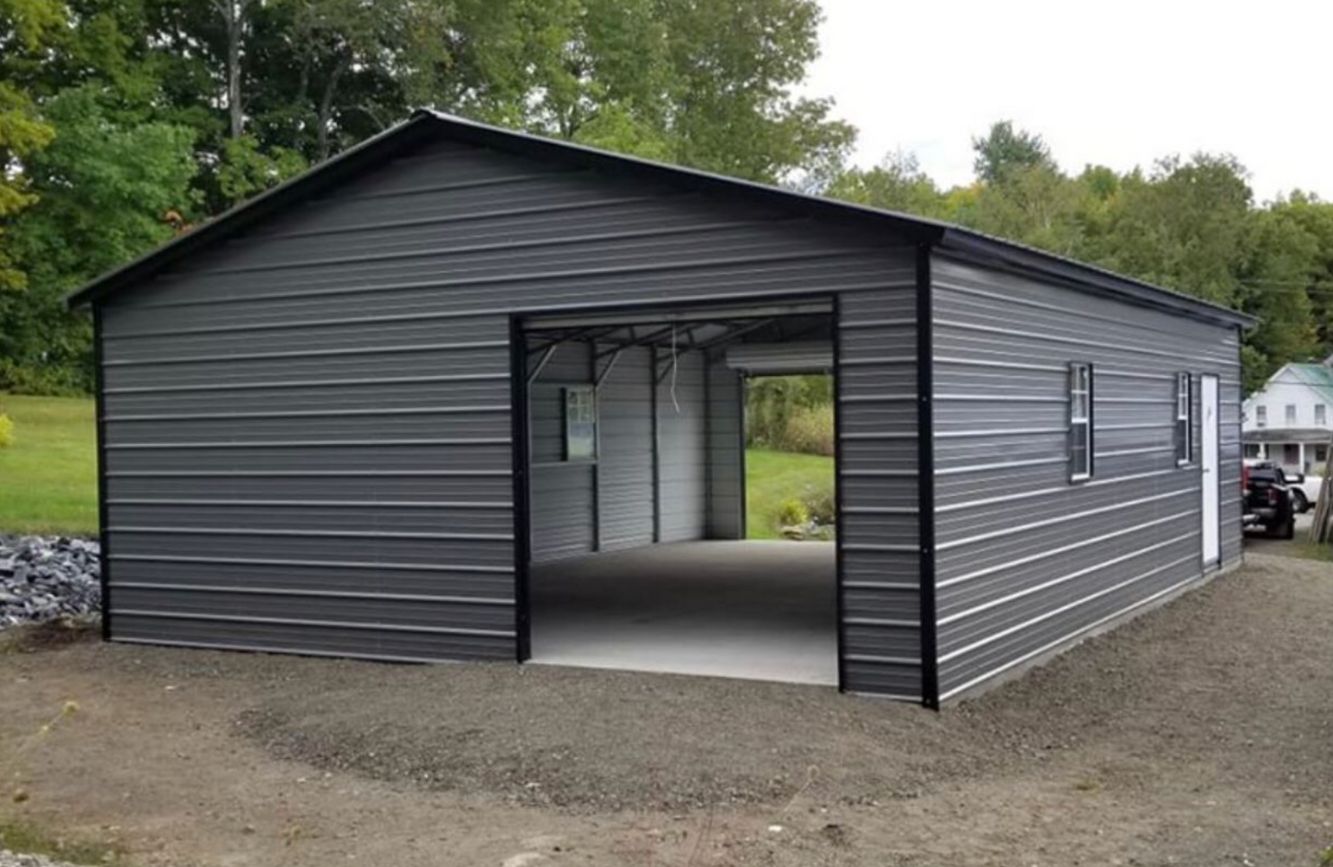
Steel buildings are prized for their durability, versatility, and cost-effectiveness, making them a popular choice for residential, commercial, and industrial purposes. However, to ensure their long-term performance, it’s essential to account for various climate conditions during the design phase.
Let us say your steel building will face extreme heat, cold, rain, or snow, taking climate into consideration will help maximize its efficiency, safety, and lifespan.
1. Insulation and Temperature Control
In climates with extreme temperatures, whether hot or cold, proper insulation is crucial to regulate indoor temperature and reduce energy costs. In hot climates, reflective or radiant barrier insulation helps keep the building cool by reflecting heat away. In cold climates, thicker insulation, such as spray foam or fiberglass, prevents heat from escaping, keeping the interior warm.
Thermal bridging, where heat transfers through the steel frame, is another concern in both hot and cold climates. To prevent this, insulated panels or additional thermal breaks can be installed. Additionally, energy-efficient windows and doors help maintain stable internal temperatures, reducing the building’s energy load.
2. Wind Resistance
In areas prone to high winds, hurricanes, or tornadoes, wind resistance is a key factor in the design of a steel building. The structure must be engineered to handle strong wind forces. Reinforced framing, bracing, and anchors can prevent uplift and ensure the building remains secure during severe weather events.
Steel buildings can also be designed with aerodynamic roofs, such as hip or gable roofs, to reduce wind pressure on the structure. Additionally, anchoring the building to a solid foundation, like a concrete slab, is critical for ensuring stability in high-wind regions.
3. Snow Load Capacity
In colder climates where snowfall is frequent, the ability to bear snow loads is a vital consideration. Accumulating snow can put significant stress on the roof and structure, so the building must be designed with sufficient load-bearing capacity. Roofs with steep slopes are ideal for snowy regions, as they allow snow to slide off easily, reducing the weight burden on the structure. Reinforced steel framing and trusses can also help distribute the load evenly across the building.
4. Moisture Control and Corrosion Resistance
In climates with heavy rainfall or high humidity, moisture control is essential to prevent corrosion and structural damage. Galvanized or coated steel can resist rust and corrosion, extending the building’s life in wet conditions. Incorporating proper drainage systems, such as gutters and downspouts, ensures that water is directed away from the building’s foundation.
For areas with frequent rain or humidity, vapor barriers and waterproof membranes are important to prevent condensation buildup inside the structure, which could lead to mold, rust, or degradation over time.
5. Ventilation
Proper ventilation is necessary in both hot and cold climates. In hot climates, adequate airflow helps cool the building by dissipating heat and reducing moisture buildup. In cold climates, ventilation prevents condensation and maintains indoor air quality by allowing fresh air to circulate. Consider integrating natural ventilation features, such as windows or roof vents, as well as mechanical systems like exhaust fans for more controlled environments.
Conclusion
Designing steel buildings with climate-specific factors in mind ensures their durability and functionality in any environment. You can create a structure that withstands the challenges of both hot and cold climates, protecting your investment and optimizing energy efficiency.
